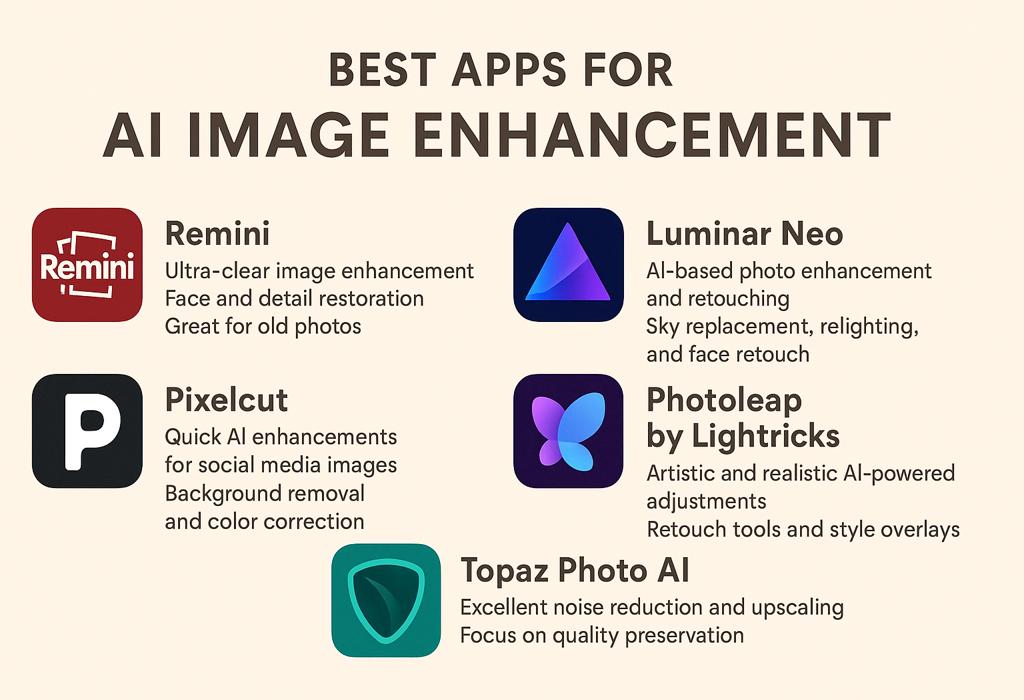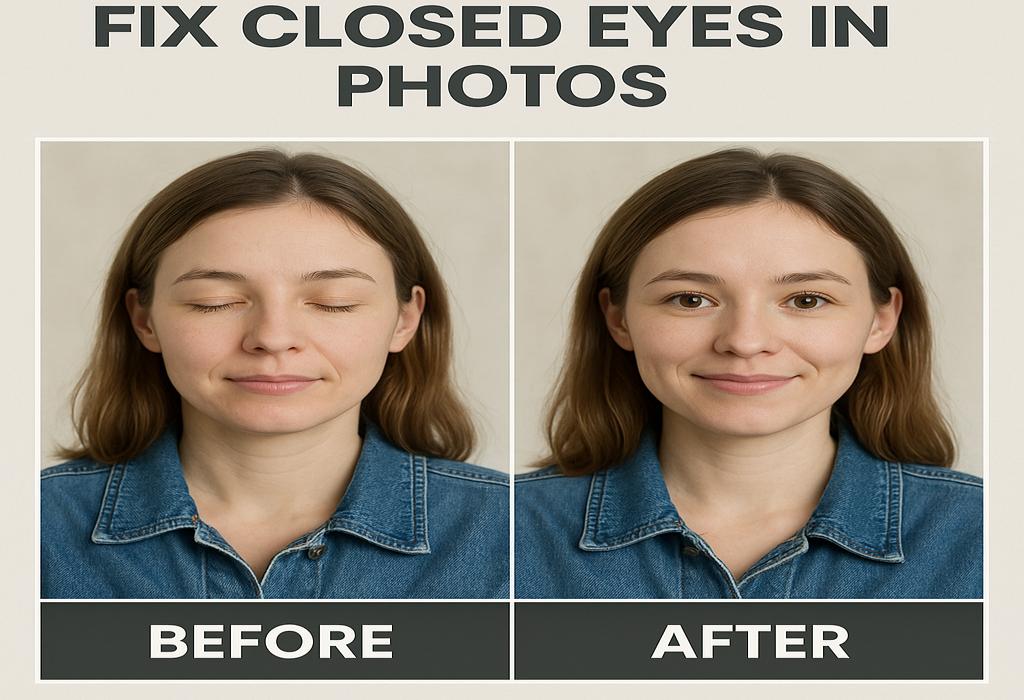In digital design, creativity is the cornerstone of success. Whether you’re working on website layouts, UI/UX designs, branding, or digital illustrations, your ability to innovate is the key to standing out. For digital designers, the challenge is not just to create aesthetically pleasing work but to push the boundaries of what’s possible in the digital space. In this blog post, we will explore some of the most effective creative techniques that can elevate your digital design skills and help you stay ahead in the ever-competitive design industry.
1. Embrace Minimalism with Purpose
While digital design is often associated with bold graphics and intricate layouts, minimalism has proven to be an effective technique for creating sophisticated, clean, and intuitive user experiences. Minimalism doesn’t mean sacrificing creativity; it’s about stripping away unnecessary elements and focusing on what truly matters.
The idea is to create designs that convey the message clearly and are visually pleasing without overwhelming the user. Use negative space creatively, experiment with simple color schemes, and prioritize functionality over excess. This technique can help you produce more polished and professional-looking designs while enhancing user experience.
2. Play with Typography and Letterforms
Typography is more than just choosing a font. It’s about designing with letters, words, and phrases to communicate your message effectively. Typography plays a pivotal role in creating mood and personality within a design. You can make typography the star of your designs by exploring unique letterforms, experimenting with various font pairings, and utilizing creative spacing.
3. Incorporate Motion and Animation
One of the most exciting aspects of digital design today is the ability to integrate motion into your work. Animation and motion design add a dynamic quality that can transform static designs into engaging and interactive experiences. From subtle hover effects on buttons to full-scale page transitions, animation breathes life into your creations, making them feel more immersive.
Subtle animations can be used to guide users’ attention or create a sense of delight. For example, small micro-interactions like a button changing color when clicked or a loading spinner can improve the user experience, making the design feel more responsive and engaging.
4. Leverage Bold Color Palettes
Color is an essential element of design that impacts perception, mood, and user interaction. Experimenting with bold and unconventional color palettes can set your designs apart. Vibrant gradients, neon tones, or contrasting hues can bring your projects a contemporary and edgy feel.
However, it’s important to use color wisely. A good design balances boldness with harmony. You want your colors to complement each other rather than clash, enhancing the overall user experience. It’s also important to consider color accessibility, ensuring that your color choices are legible and usable for all audiences, including those with color vision deficiencies.
5. Harness the Power of 3D Design and Depth
With advancements in technology, 3D design is no longer reserved for the gaming industry. Today, many digital designers are incorporating three-dimensional elements into their work to add depth and realism to their designs. Adding a sense of depth through shadows, gradients, and 3D models can elevate a flat design, making it more engaging and lifelike.
6. Incorporate Photography and Illustrations
Digital design often calls for a blend of photography and illustrations to create visually compelling stories. Combining realistic photographs with abstract illustrations or vector art can create a striking contrast that catches the viewer’s eye. This fusion of media allows designers to communicate complex concepts and ideas visually appealingly.
Consider how the image can complement your design and contribute to the overall narrative when working with photography. Similarly, with illustrations, think about how they can add emotion, personality, or even humor to your work.
7. Optimize Your Workflow with Powerful Tools
Having the right tools can significantly improve your creative process. Numerous digital design platforms and software help streamline workflow and enhance creativity. Tools like Adobe Creative Suite, Sketch, Figma, and Procreate provide the flexibility to experiment and create without limitations.
Additionally, utilizing a strong internet connection can improve your overall design workflow, especially when working with cloud-based tools or sharing large files with clients and collaborators. For those working in cities like Houston, where high-speed internet access is crucial, exploring options like Houston fiber internet can greatly benefit designers by ensuring seamless collaboration and faster uploads and downloads.
8. Stay Inspired and Keep Learning
Lastly, one of digital designers’ most important creative techniques is to continuously stay inspired. Design trends evolve rapidly, and to stay competitive, it’s essential to keep learning and pushing your creative limits. Attend design conferences, follow leading designers on social media, participate in online design challenges, and consistently work on personal projects.
By experimenting with new techniques, staying inspired, and being open to feedback, you’ll grow as a designer and keep your work fresh and innovative.
Conclusion
Creativity is the essence of digital design, and the techniques mentioned above offer just a glimpse into the endless possibilities available to designers today. Whether you’re focusing on minimalism, exploring typography, or incorporating motion, the goal is always to create a unique and engaging experience for your users. Keep experimenting, stay curious, and remember that each project is an opportunity to push the boundaries of what’s possible in the world of digital design. Happy designing!




